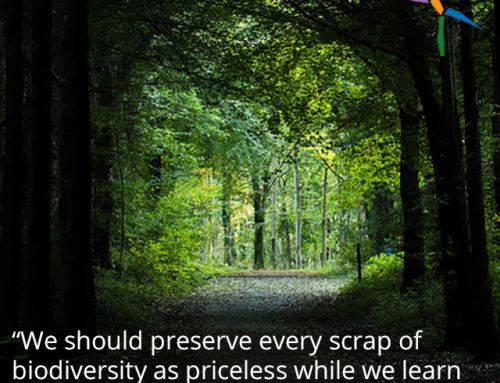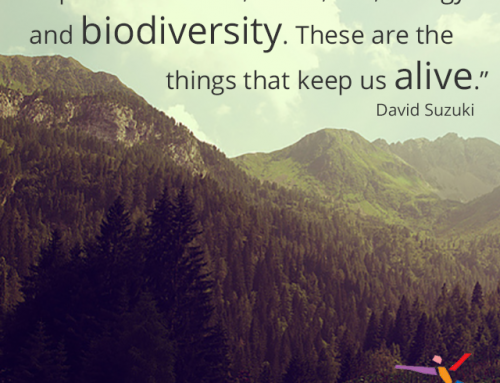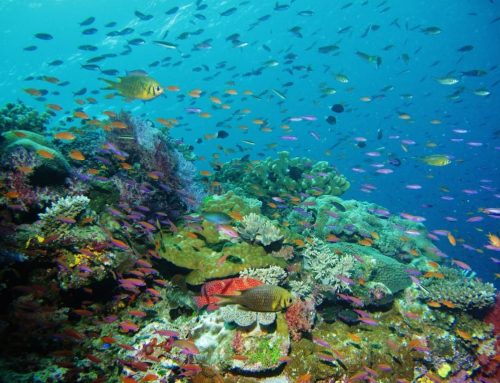Summer is here, and that means that beach and pool season are here. Of course, that also means that sunscreen season is here. We know you know that there is absolutely no excuse at all to be out in the sun without a sunscreen product on. But there are some more – and some less – environmentally wise decisions that you should consider when choosing a sunscreen. What are they? Of course we’ve laid them out below!
Sunscreen Can Damage Already Endangered Coral Reefs
We all know that the world’s coral reefs are endangered due to the ocean acidification caused by climate change and global warming. But did you know that sunscreen is also playing a role in the destruction of coral reefs? According to a study by National Geographic, over 6000 tons of sunscreen washes into the ocean each year. There’s some debate among scientists about exactly how harmful that sunscreen is, but there’s no shortage of scientific evidence that proves at least four of the common chemicals found in sunscreen awaken viruses that are in the algae that live within coral reefs. Those viruses, not surprisingly, lead to a destruction of the algae. Algae are the primary food source within a reef’s eco-system, so when the algae goes away, so does the reef, turning white and dying.
What can you do? Look for sunscreens that are formulated without the chemicals that we know to be harmful for starters. We personally like Tropical Seas. Not only do they have their products FDA approved, but they also have a secondary team of testers at an ecology laboratory who test to see that their products really do biodegrade.
It’s unrealistic to think that you will (or should) go into the oceans without sunscreen on. Just be sure to try to choose a sunscreen that doesn’t damage the fragile and decaying coral reefs of the world.
Consider Mineral Sunscreens
There are a number of factors to consider when you choose a sunscreen, such as the inclusion of nanoparticles as well as the look and feel of them, but mineral sunscreens that include the natural sun protection minerals zinc and titanium can be a much more environmentally friendly option. You might feel like you’re a kid living in the 1960’s, but you’ll be both protecting your skin and the planet as well!
Remember…It Matters What You Do with the Bottle!
As with almost all cosmetic and health and beauty products, what you do with your sunscreen bottle after you use it accounts for the largest portion of its carbon footprint. Try to find eco-friendly sunscreen brands that make their containers from postconsumer or recycled materials. However, if you can’t, be sure that you don’t give into the temptation to just throw your sunscreen bottle away at the beach. Take it home and recycle it so that you’re reducing your overall carbon footprint for the product.
As with many things, you may want to consider buying larger containers of sunscreen to reduce the total amount of plastic and material that goes into it. Buying larger containers can be more eco-friendly, but only if you’re going to use all of the contents. If you know that you’ll use all of a larger container of sunscreen, then buy larger instead of multiple smaller bottles to continue to reduce your carbon footprint.
Is Your Sunscreen Eco-Friendly?
The Environmental Working Group has put together a list of the most and least eco-friendly sunscreens. It’s a little bit outdated, but most of the information is still valuable (and valid) and it’s certainly worth reading before you decide what sunscreen is on your shopping list for this summer. If you’re unclear about the responsible environmentalism that’s gone into your product, the best thing to do is always research it! Between internet reviews and a nicely worded email to customer service, you can usually find out what the eco-consciousness of your sunscreen is.
Have a fact we missed about eco-friendly sunscreens? Tell us about it. Comment below or tell us about it on Facebook, Twitter, Pinterest or Instagram.
Photo Credit: Alex Ragone via Flickr





